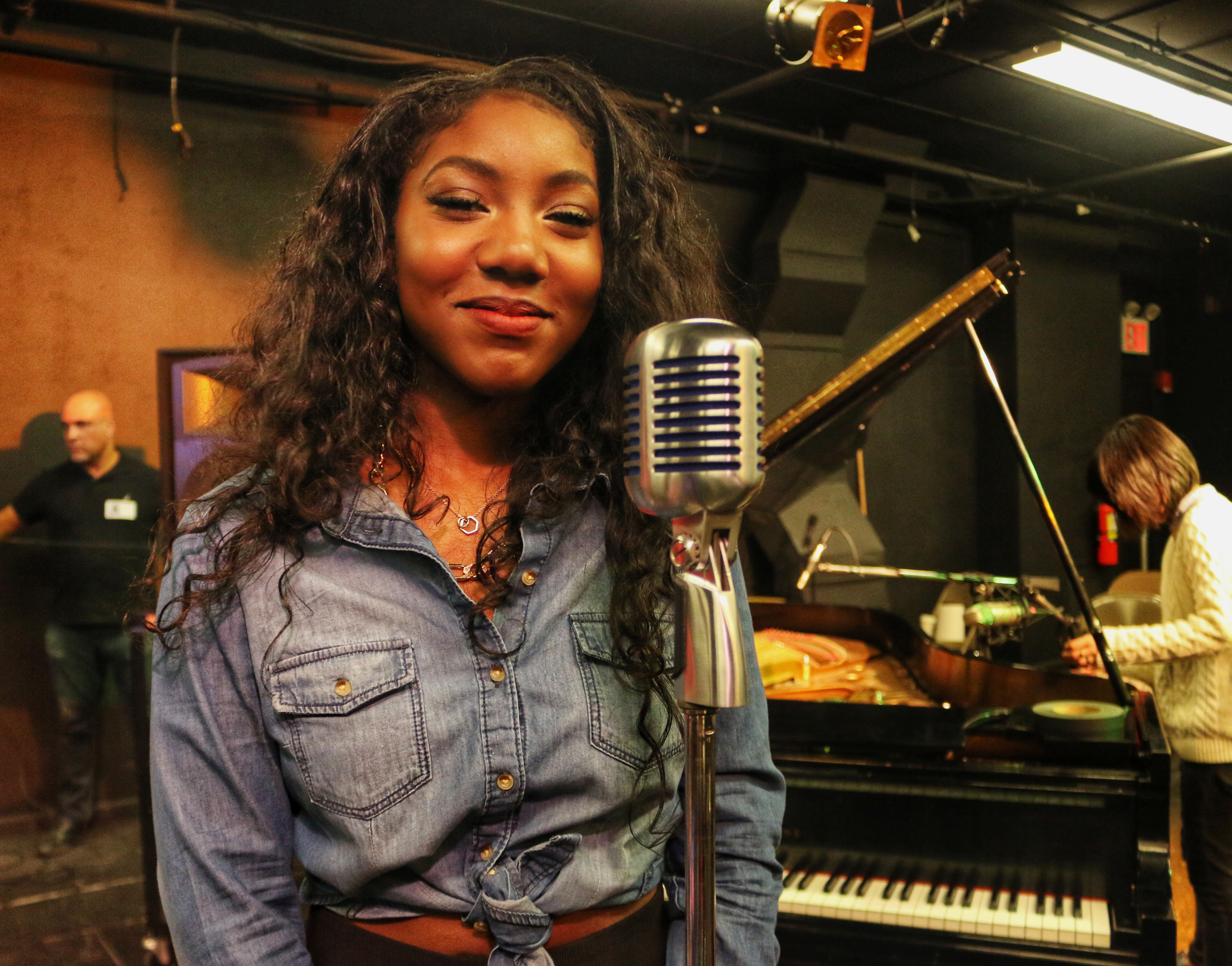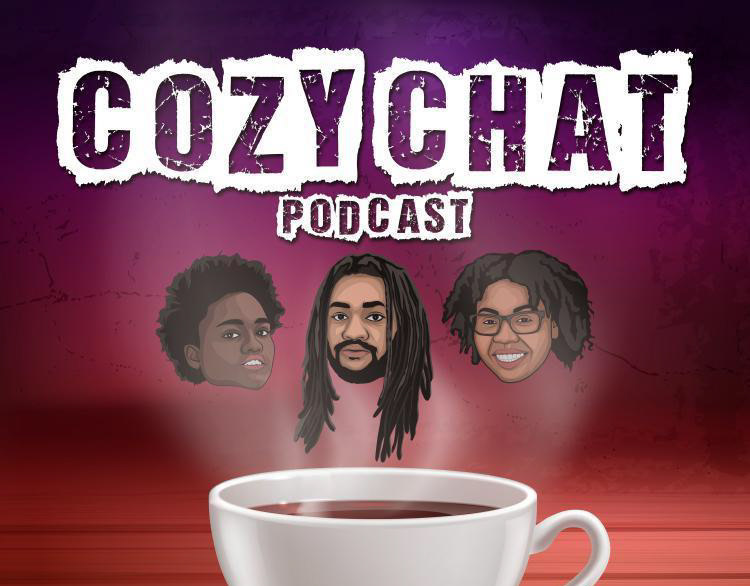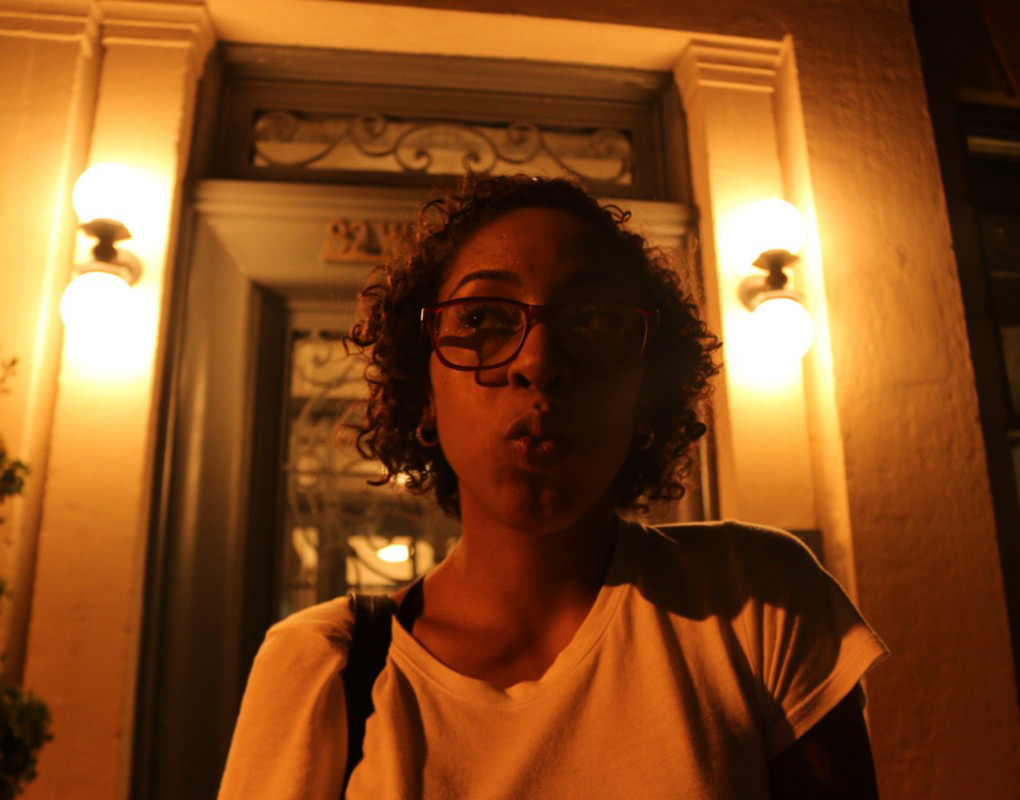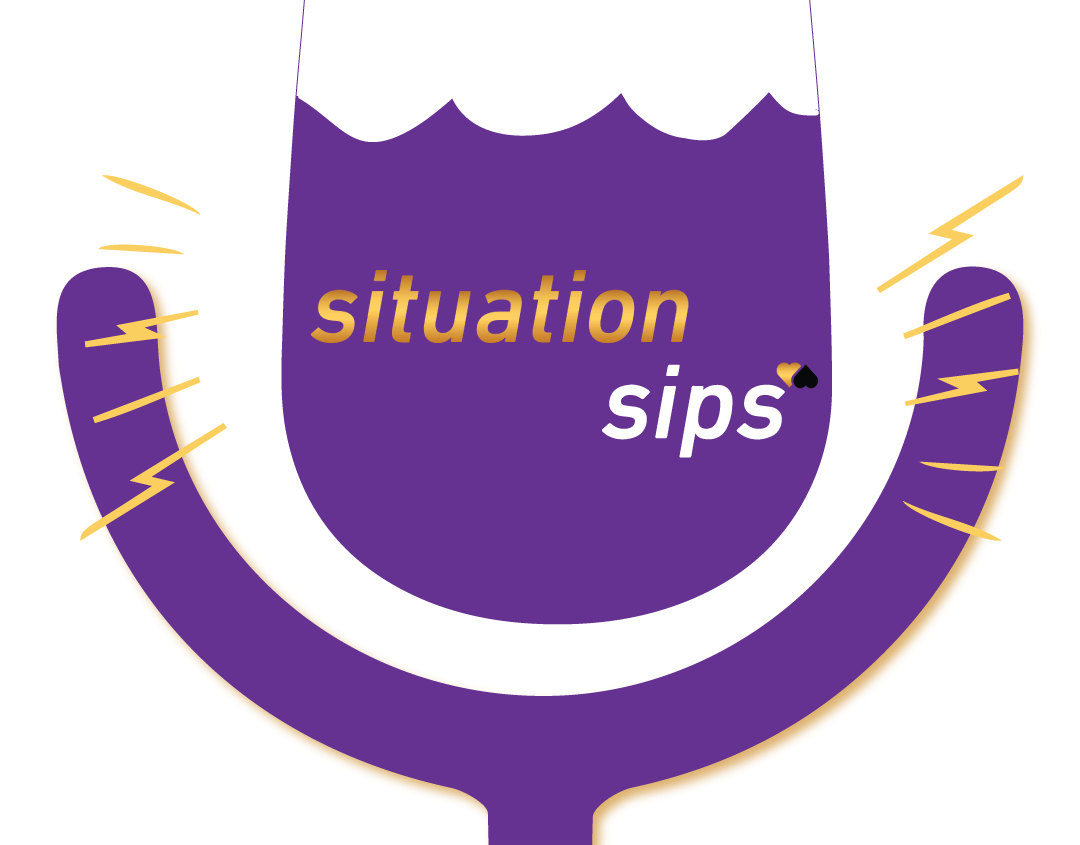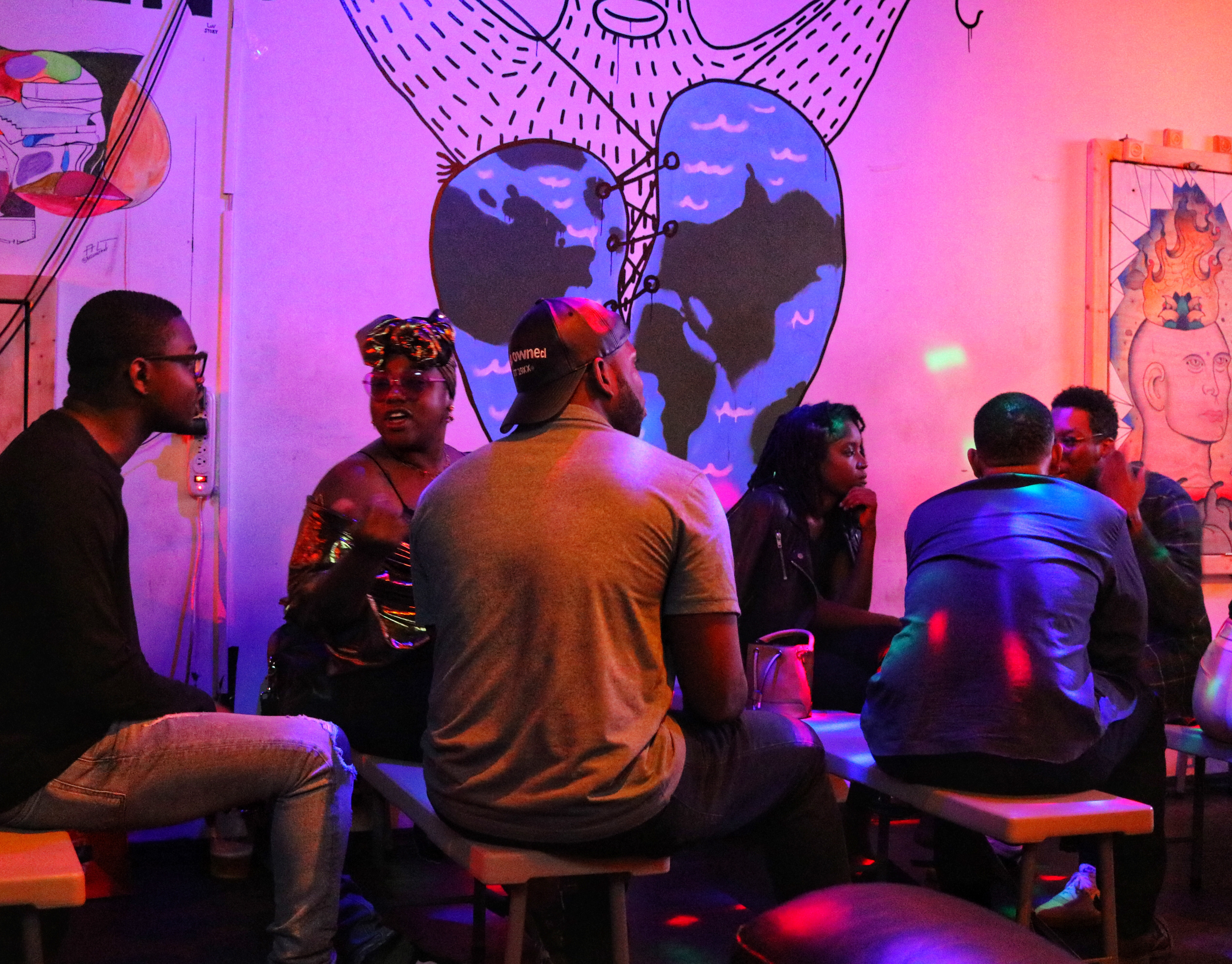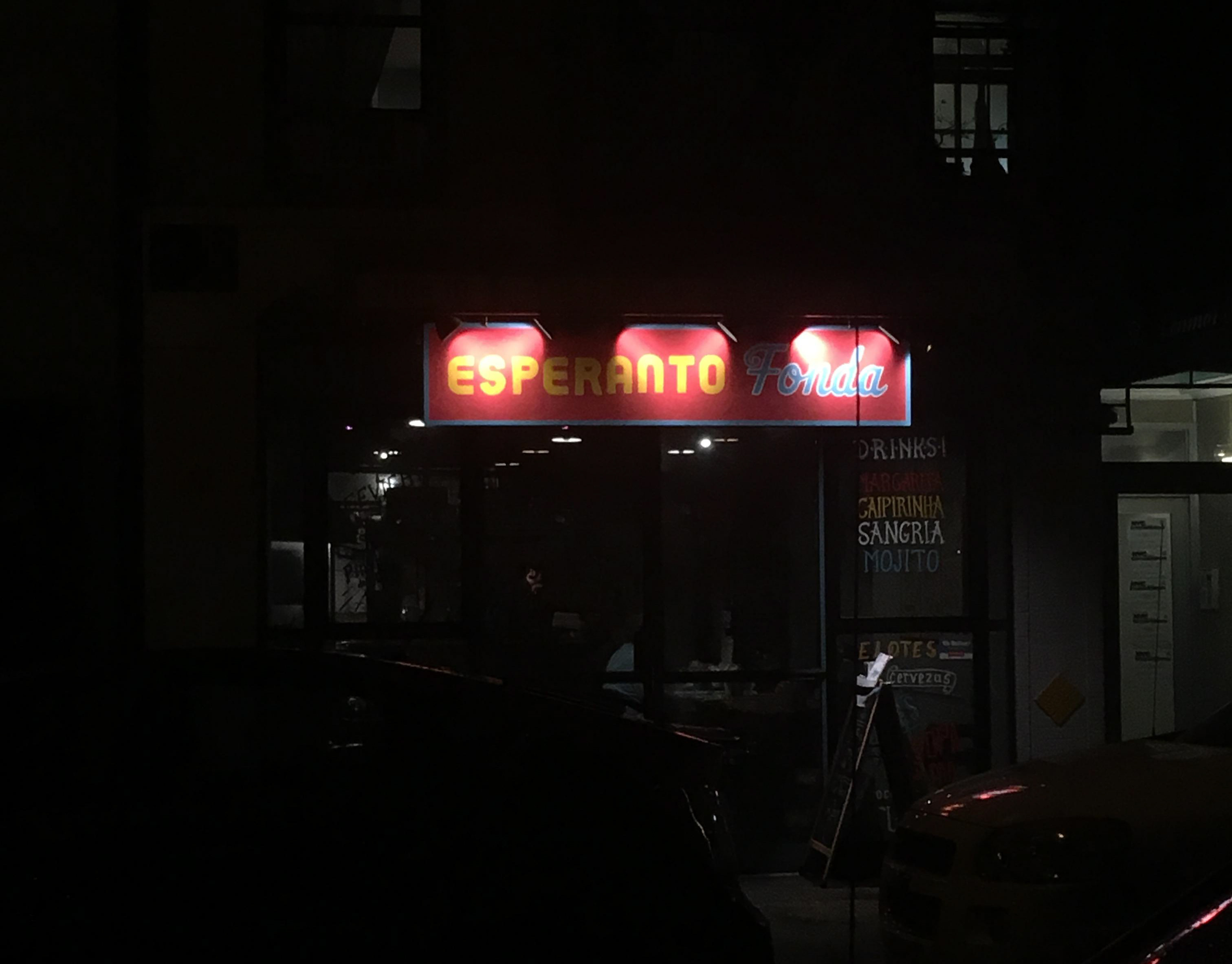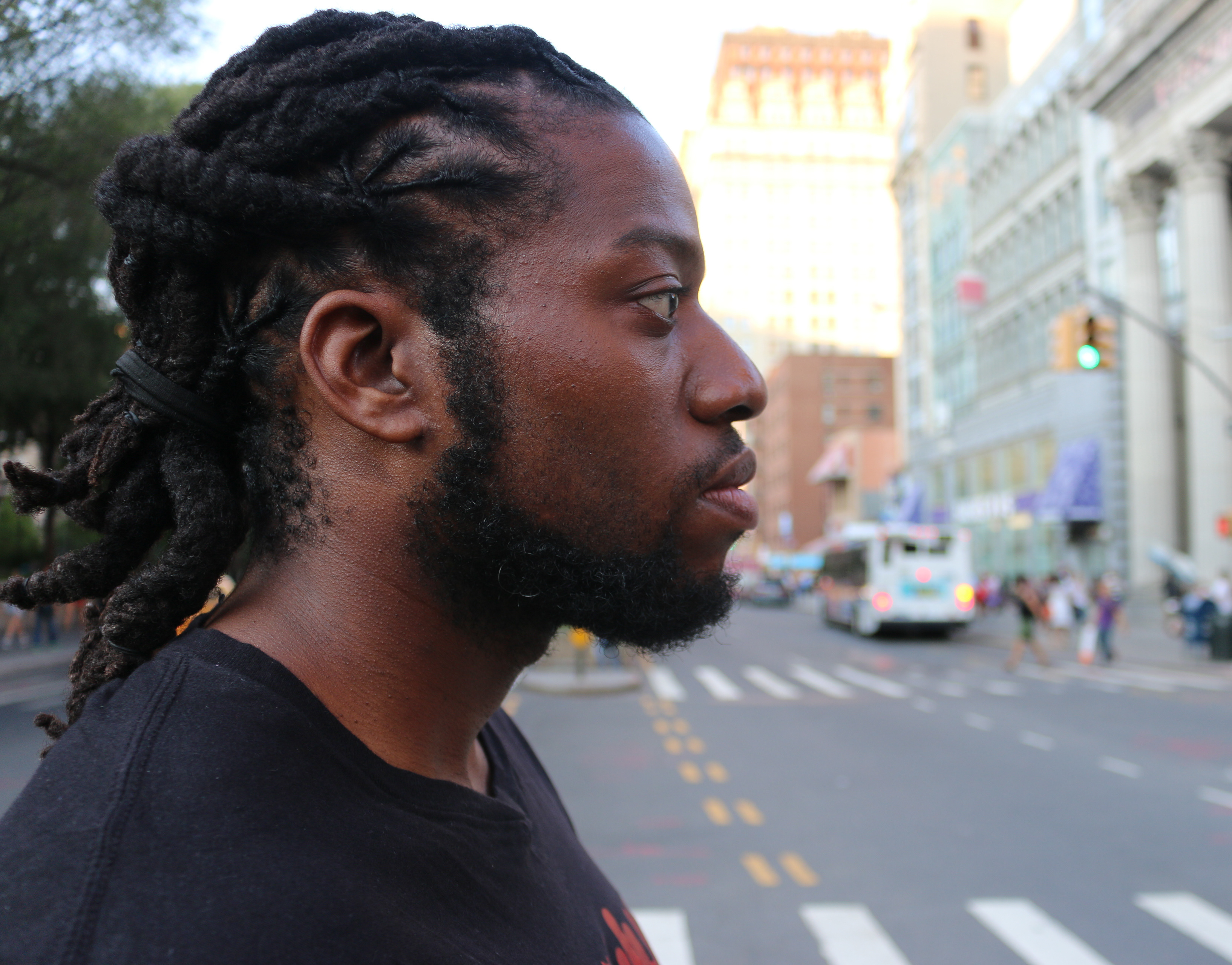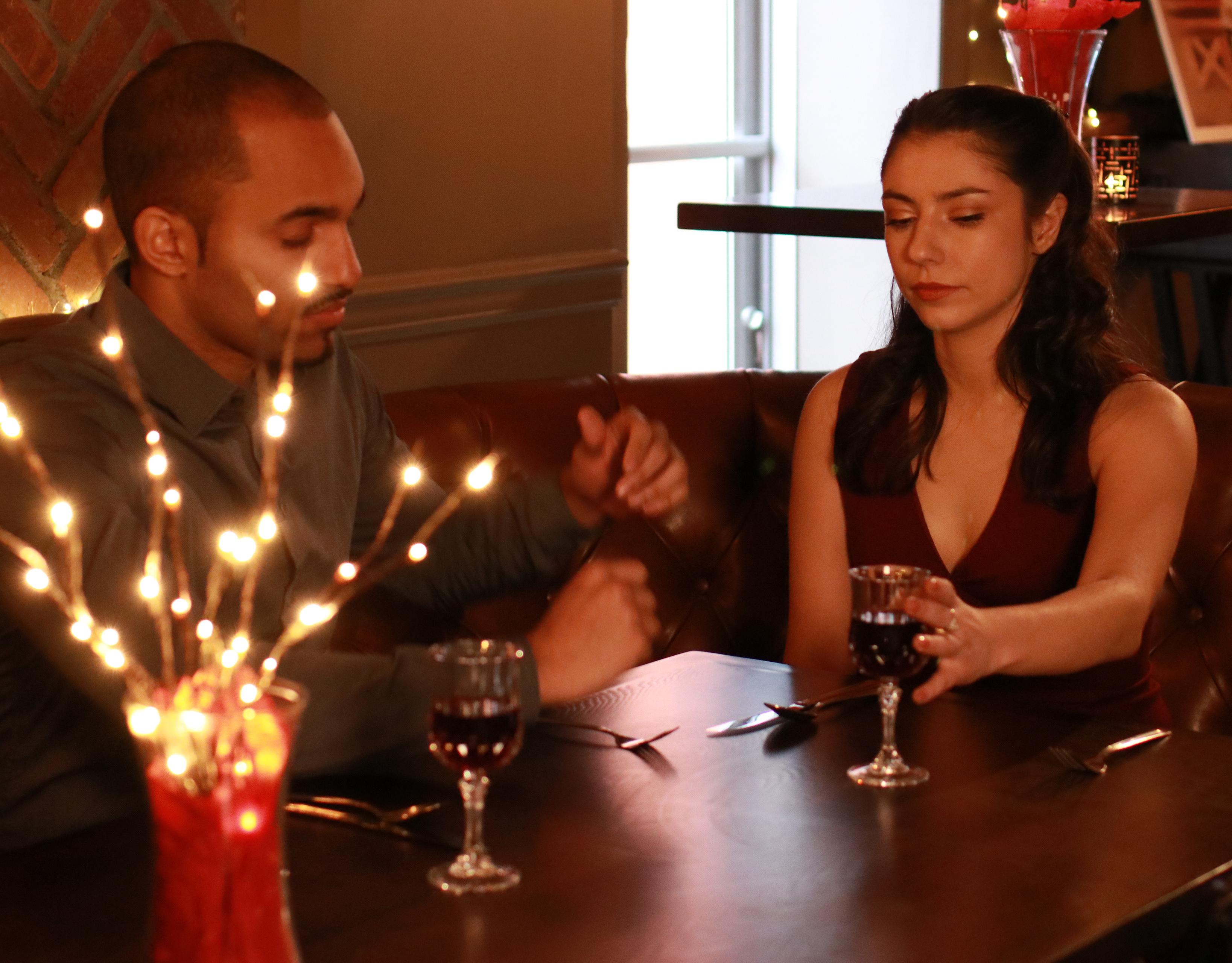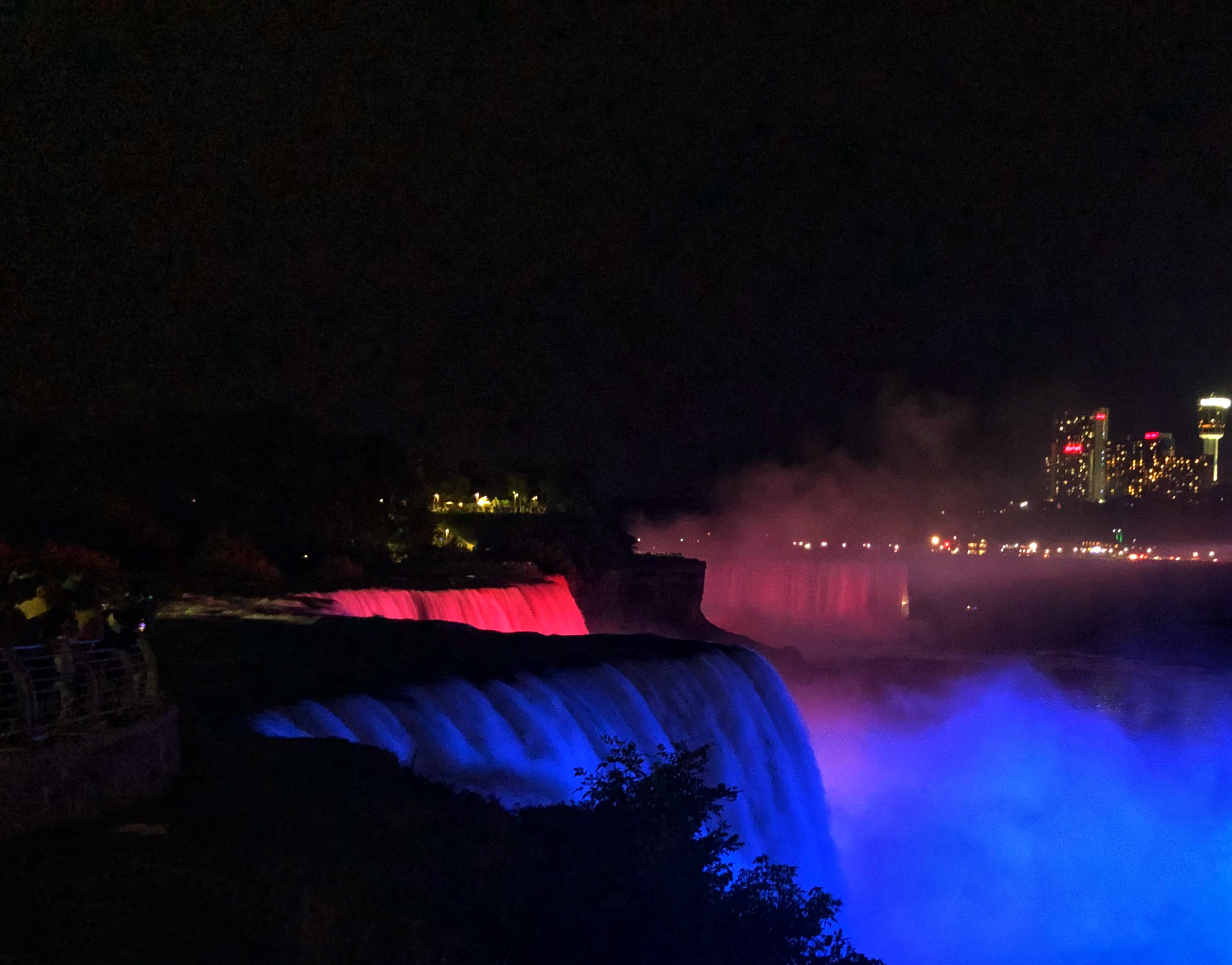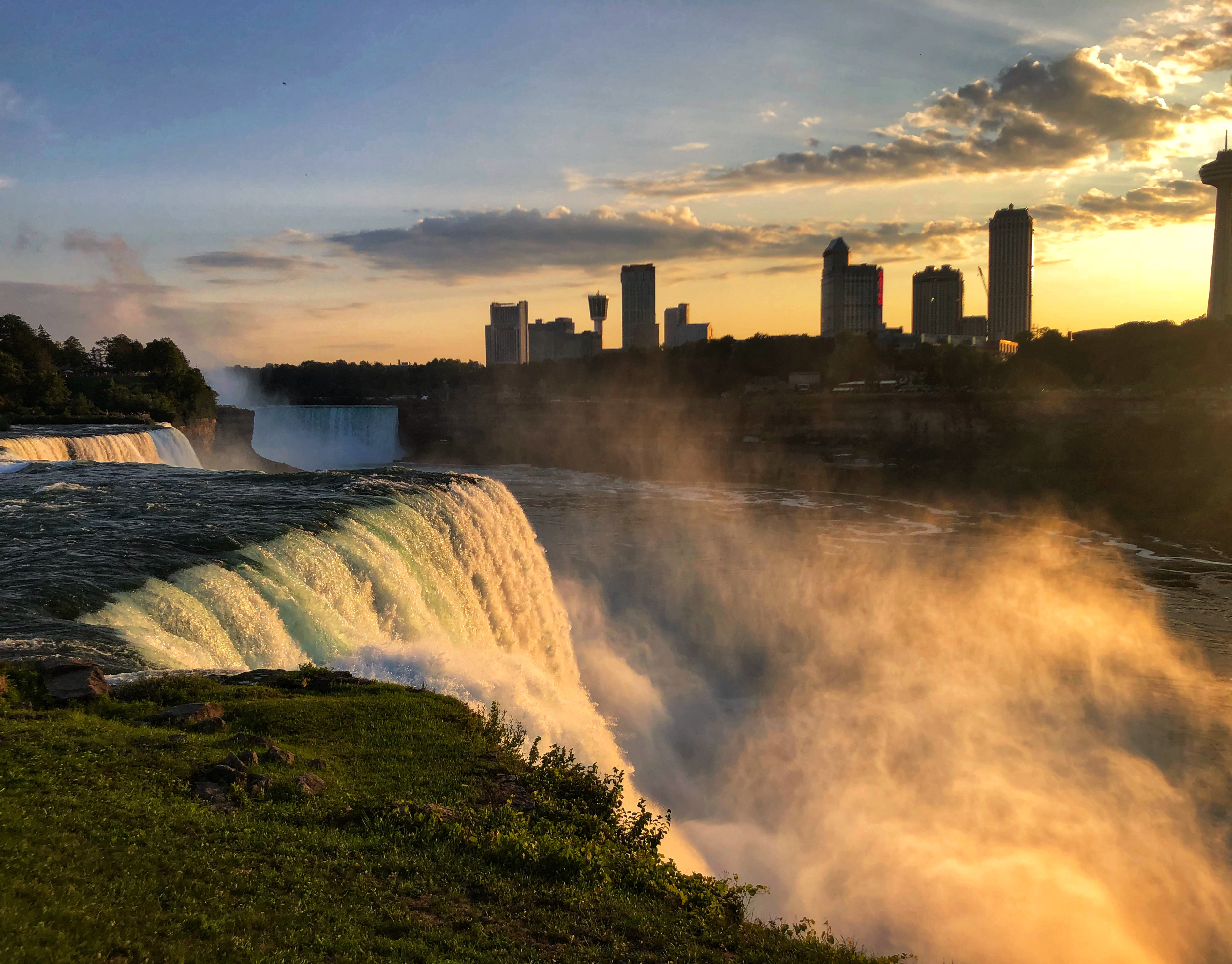Originally posted on Medium.
Hair has always been a point of contention in Latinx and Afro Latinx culture. Similar to the Black community the discussion about hair places hair types into two distinct categories which are pelo malo and pelo bueno. “Pelo malo” means bad hair in Spanish, and it refers to afro-textured and curly hair. “Pelo bueno” means good hair, and it refers to straight hair.
Both pelo malo and pelo bueno are a commonly used terms in Latin America, where the concept of whiteness that we encounter in the US is more implied and deeply cultural. “In the Latin America race isn’t a large factor in identity because Latin countries tout themselves as colorblind,” says Aura Richardson, an Afro-Panamanian.
“People label themselves by skin color avoiding the topic of race together and using excuses to culturally oppress Afro Latino’s,” Richardson states. “Triguena,” the word for wheat is used as one of the skin color classifications in many Latin American countries. Afro Latinx are often encouraged to lighten their skin, permanently straighten their hair to manage their pelo malo, and to mejorar la raza.
“Mejorar la raza” is term that means to “improve the race,” and often Latin Americans are encouraged by family to marry lighter than themselves to have pretty kids, implying that blackness and afro-textured hair is ugly. Accepting and embracing afro-textured hair is hard to do growing up Latinx/Afro Latinx culture where straight hair and euro-centric features are lauded.
Earlier this semester my class was assigned to use Hearken, a audience-driven framework and platform that enables journalists to partner with the public throughout the reporting process. My cohort was assigned to use Hearken curiosity modules to elicit questions from members of our community.
I shared my module to a few friends and some of them shared it with the friends on social media and I only got a few responses back. I asked about issues that are rarely spoken about in the Afro Latinx community. I got 6 six questions and the question that stuck out was the natural hair issue in Afro Latinx communities.
I elicited photos and answers from a few young Afro Latinx about pelo malo and pelo bueno. Check out their personal experiences with pelo malo and pelo bueno.
Digna Nunez, 19, Garifuna (Afro-Honduran)
What is your definition of good hair and bad hair?
My definition of pelo malo would have to be unhealthy hair. Hair that isn’t properly taken care of. Pelo Bueno to me is just healthy hair. If your hair is healthy and alive it’s pelo bueno.
Have you had any experiences where your hair was labelled as one or the other?
My hair as been labeled as both at times. To my family, pelo bueno is long silky curly hair while pelo malo is tightly curled hair, or nappy. When my hair is wet and freshly washed, they call it pelo bueno, but once it is dry and matted, they say it’s pelo malo. I usually don’t let it bother me. It’s whatever, honestly. I try to keep my hair as healthy as possible and move on with my day.
Roger Melchor, 20 (Afro-Panamanian)
What is your definition of good hair and bad hair?
My definition of pelo bueno vs pelo malo has definitely changed from when I actually had hair [his hair is cut short]. Before, I thought pelo malo was having too-thick hair, too-curly hair, anything that needed to be chemically treated, while pelo Bueno was having long, wavy, hair…the more manageable and low-maintenance, the better.
Have you had any experiences where your hair was labelled as one or the other?
In school I dealt with comments from braiders, ladies at the salon, classmates, about my hair being tangled, or it being frizzy, or coarse or whatever, and it stopped me from really exploring my options and learning how to actually care for my hair. Instead I used tons and tons of heat, tons of product, and eventually got a relaxer that actually ended up in all of my hair falling out from being so extremely damaged. I constantly stop and think about how badly I wish I would’ve been taught to love my hair and actually thinking it was worth researching and investing in, because if I did I would probably have hair down to my ankles by now.
Dawn Marie West, 27 (Afro-Dominican & African-American)
What is your definition of good hair and bad hair?
As cliche as it sounds, I feel that each texture has the ability to do something unique and equally coveted, and so I can honestly say every texture is beautiful. Growing up, my mother would tell me to speak beauty of my hair, and encourage it to grow by speaking kindly of it. This taught me from a young age that words have immense power, and that my hair was my glory, regardless of what society deems beautiful.
Have you had any experiences where your hair was labelled as one or the other?
I am half Dominican and half American Black. My natural hair type is what would be considered an afro texture with a lot of shrinkage. I grew up with an individual that had a lot of influence on my self esteem because of his status as the son of an influential celebrity. I first processed my natural hair at the age of 16. It took it from the natural kinky texture and shrinkage, to a softer loose curls.
The first time he saw me with my hair processed, he made the statement “ Now, you look more Dominican! Like, you actually look Latina.” It was hurtful as I honestly didn’t feel more or less dominican because of my hair before, as my father is first generation Dominican, and my grandparents being immigrants from the Dominican Republic.
However, that statement had a negative impact on me as an adolescent because it seemed as though I was viewed as desirable only after my hair was processed.
Although I know my family on my father’s side is from the Dominican Republic, I didn’t grow up with the culture, as I grew up without knowing my father or his family. So the culture came later for me, with investigating my roots. I felt the impact of this comment, as it brought up so many more issues I felt that correlated with not only not quite knowing who I was. Still, even with the negative impact it had on my self esteem then, I am proud of my black culture equally as much as my latin culture. For me, my hair or by definition what language I speak correlating with my culture, is not the focus for me as it once was — but I focus on inner beauty and appreciating what is my purpose beyond the physical landscape.
Sasha Fountain, 23, Panamanian/Afro-Costa Rican & African-American (Myself)
What is your definition of good hair and bad hair?
My definition of pelo bueno vs pelo malo has definitely changed from when I was younger. I originally thought that pelo bueno was straight or wavy hair and pelo malo was the afro-textured hair that my family
Have you had any experiences where your hair was labelled as one or the other?
My hair has been called pelo malo and it happened a lot when I was younger and I went to Dominican hair salons. They thought I was just African-American so the girl washing my hair would complain in Spanish about my hair not knowing that I could understand every word she was saying. It made me feel horrible because I was a young girl in a salon full of women with long straight or wavy hair and they seemed to be the standard I had to reach. I didn’t end up perming my hair because of that.
I permed my hair because I was tired of crying when my mother did my hair because it hurt when she combed my hair. She had been perming hair for as long as I could remember and her hair looked manageable and easy to take care of. I wanted doing my hair to be easy and after a few months of begging my mom agreed to let me perm my hair. It took a bit over a decade for me to realize that there wasn’t anything wrong with my natural hair texture and return to natural.
